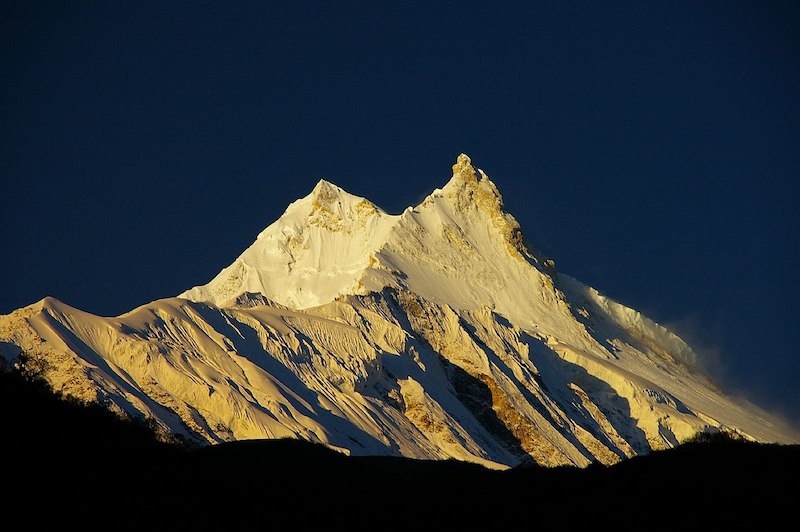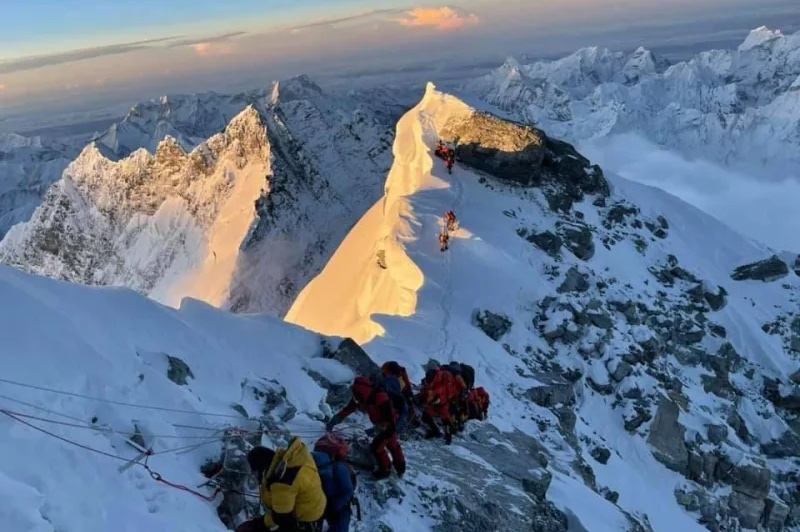For years, the website 8000ers.com has been a place to get reliable and accurate information about expeditions to the big mountains, as well as the history of climbing on the big peaks. The site has an extensive amount of technical information about the 14 tallest mountains on the planet, as well as long lists of the climbers who have summited those mountains. Over the years, it has been a resource that I have accessed on countless occasions.
Recently, site owner and alpinist Eberhard Jurgalski shared a long post on the site’s homepage that is sending ripples through the mountaineering community. After extensive research and countless hours of fact checking, Jurgalski and his team have reclassified countless expeditions, denying summits to some of the most well-known and prominent alpinists of all time. Their results are certain to stir controversy and if accepted, rewrite mountaineering history.

Achieving the True Summit
At the heart of Jurgalski’s project is determining whether or not an alpinist actually reached the true summit of the mountains they claimed to have climbed. To do that, he and the 8000ers.com squad have poured over hundreds of photos and read thousands of reports to try to determine if a mountaineer actually stood on the highest point on the peak. For some of the 14 mountains that is easy to determine, but for others, not so much. For instance, the final approach to the top of Manaslu and Annapurna is notoriously dangerous, with many climbers stopping short for safety reasons. The question at the heart of Jurgalski’s argument is whether or not stopping a few meters shy of the top actually counts as a summit.
In some cases, Jurgalski’s team denied summit certifications due to lack of information or photographic proof. In others, it was clear that climbers stopped before reaching the top, sometimes by their own admission. On some of the peaks, the “summit” has become a recognized as a lower point over the years simply because of the challenges that come with covering the final 3-5 meters to stand on the highest point.
In many of these cases, it is that small distance that is in dispute with Jurgalski’s research. But amongst mountaineering purists, those few meters do make a difference. Where the debate comes from this research is how it would impact the history books of the 8000 meter peaks.

Rewriting History
According to Jurgalski’s research, only three people have actually climbed all 14 of the 8000 meter peaks. Those climbers would be American Ed Viesturs, Finish climber Veikka Gustafsson, and Nepali Nirmal Purja. According to the 8000ers.com data, no women have accomplished that feat, despite a heated race between Edurne Pasaban and Gerlinde Kaltenbrunner a decade ago.
If these new qualifications and classifications are accepted, Viesturs would be the first person to climb all 14 8000-meter peaks and not mountaineering legend Reinhold Messner. Viesturs and Gustafsson climbed each of those mountains without the use of supplemental oxygen as well, adding another feat to their already impressive resume.
Purja is an interesting case, as he famously set a speed record for climbing all of the 8000ers back in 2019. But according to Jurgalski, Purja has to return to two of the peaks—Manaslu and Dhaulagiri—in the fall of 2021 to reach the “true summit.”
Does it Matter?
Jurgalski and his team of researchers—which include Rodolphe Popier, Tobias Pantel, Damien Gildea, Federico Bernardi, Bob Schelfhout, and Thaneswar Guragai—spent ten years combing through the archives to create their updated list of 8000-meter summiteers. There is little doubt that they conducted a great deal of research and took the subject matter very seriously. The question is, will it matter in the mountaineering community?
On the one hand, many of the climbers in question were “only” a few meters shy of the summit when they turned back. In most cases, that was due to poor weather or unstable conditions on a summit ridge. For many, it wasn’t that the top simply couldn’t be reached, they just used their discretion to not put themselves at risk on the final push.
That said, those final meters do matter in some ways. If the 8000ers.com data is accepted, then the history of mountaineering changes—at least on paper. For those who keep extensive records about who summited a mountain and who didn’t, these details do make a big difference. But that doesn’t mean that climbers like Messner, Pasaban, and Kaltenbrunner didn’t push boundaries and pave the way for others to follow.
Jurgalski’s approach to certifying these climbs certainly adheres to the technical requirements, almost to a fault. I respect the information and research that he has collected. In some cases it is somewhat revisionist history and different eras used different standards. Does that mean that there are still some records to be claimed? Possibly, and you can bet that someone will run with this information to try to claim those “firsts.”
To explore this topic further, head over to 8000ers.com. And check out the great article on the subject at Explorers Web, which looks at the topic from a variety of viewpoints too.
- Gear Review: The Xero Scrambler Mid is an Ultralight Hiking Shoe for Spring - March 1, 2023
- Gear Review: Yeti Roadie 48 Wheeled Cooler - August 18, 2022
- Kristin Harila Continues Pursuit of 8000-Meter Speed Record - August 16, 2022
